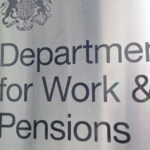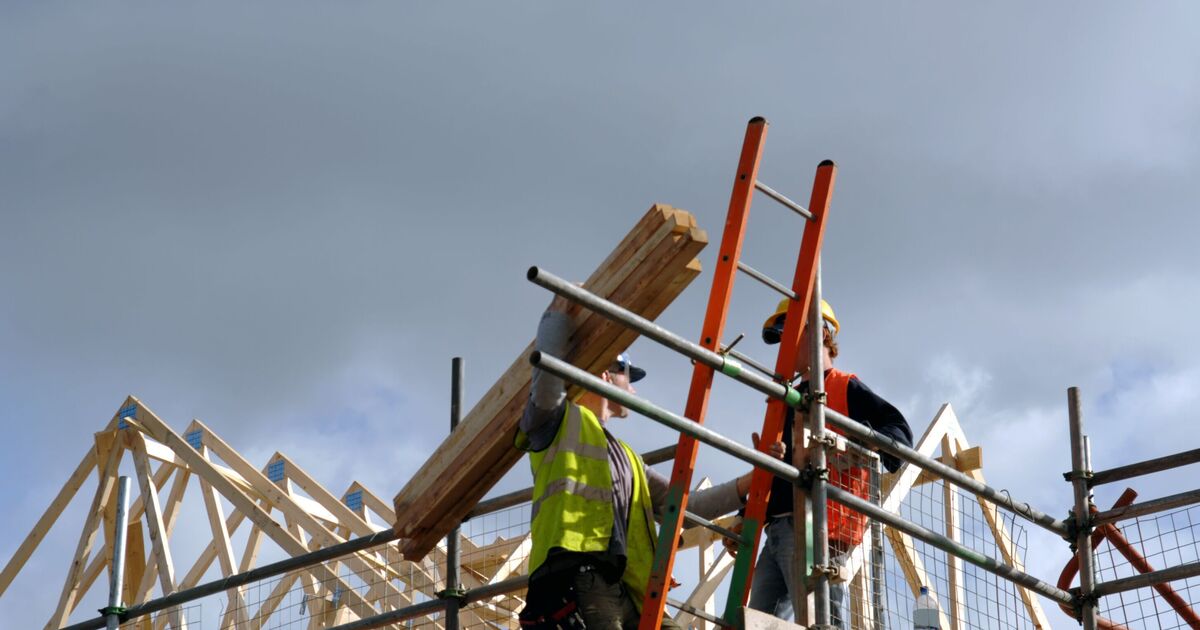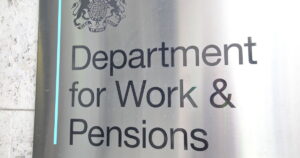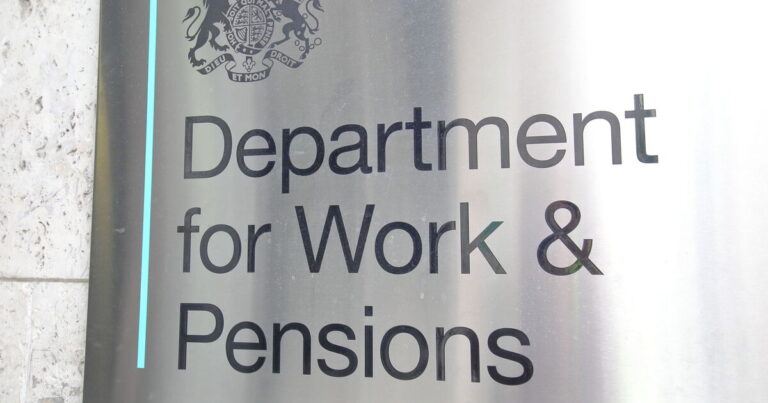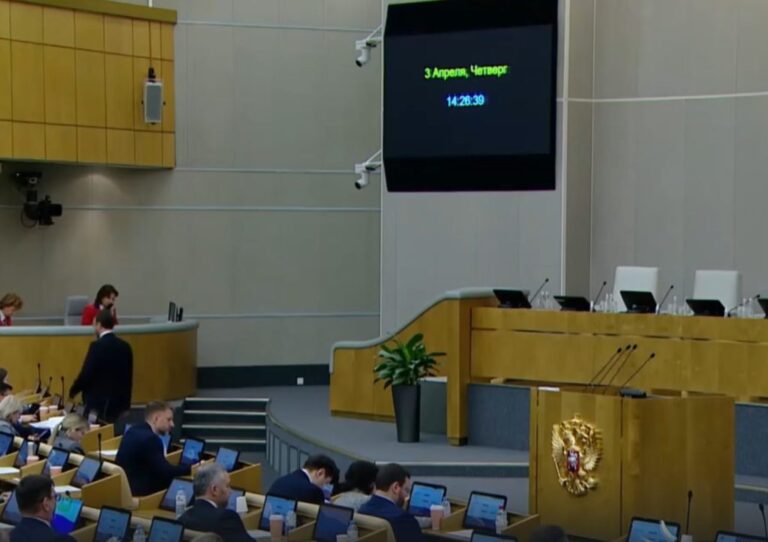
UK construction growth has dropped to its lowest level in six months, with a significant slowdown in housebuilding casting doubt on Labour’s ambitious housing plans, according to a new survey.
At the end of 2024, UK construction companies reported a loss of momentum, with overall business activity expanding at its slowest pace since June. New order growth also slowed for the third month in a row.
The S&P Global construction purchasing managers’ index (PMI) scored 53.3 in December, down from 55.2 in November.
While a PMI reading above 50 indicates industry growth, anything below suggests contraction.
The report showed housebuilding activity had fallen for three consecutive months, with December’s decline being the sharpest since June 2024. Factors such as high borrowing costs, weak consumer confidence, and subdued demand have all been blamed for the slowdown.
This comes as Labour pushes forward with its ambitious plan to build 1.5 million new homes in England over the next five years – a promise many experts are claiming may become “harder to keep”.
Josh Ward-Jones, director of Bloom Building Consultancy, commented: “This is not the housebuilding boom the Government wants. Levels of housebuilding have now fallen for three months in a row and the contraction is getting worse, not better.
“December’s PMI survey found that housebuilders are being held back by the high cost of borrowing, weak consumer confidence and patchy demand from buyers. With the fundamentals of housebuilding seemingly stacked against them, many residential developers are holding fire and no amount of relaxation in the planning rules will get the new homes Britain needs built.”
Mr Ward-Jones added that, with residential construction in decline, progress across the wider industry is slowing, with overall growth slipping to its lowest level in six months.
However, there are some “bright spots”. He noted that demand for commercial buildings remains strong, with some contractors saying this has offset the slump in residential demand, helping to keep their order books relatively full.
Despite these positives, Mr Ward-Jones cautioned that warning signs are flashing about the state of residential construction, and many developers are proceeding with caution “or not at all”. He said: “The Government’s promise to get 1.5 million more homes built is going to be very hard to keep.”
Tim Moore, economics director at S&P Global Market Intelligence, noted that the slowdown in construction output reflected more subdued demand conditions. He pointed to high borrowing costs and fragile consumer confidence, which continue to weigh on growth expectations for 2025.
Mr Moore said: “Although confidence recovered after a post-Budget slump during November, it was still much weaker than in the first half of 2024. Many firms reported worries about cutbacks to capital spending and gloomy projections for the UK economy.”
Economics fellow Julian Jessop also weighed in, describing the latest PMI results as a mix of positive and negative signals.
He wrote on X: “Mixed messages from latest UK #construction #PMI – activity index still in growth territory in December, but it fell to a six-month low, with housebuilding the weakest component.”

